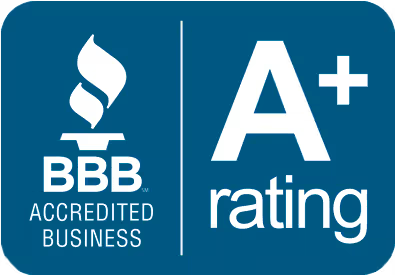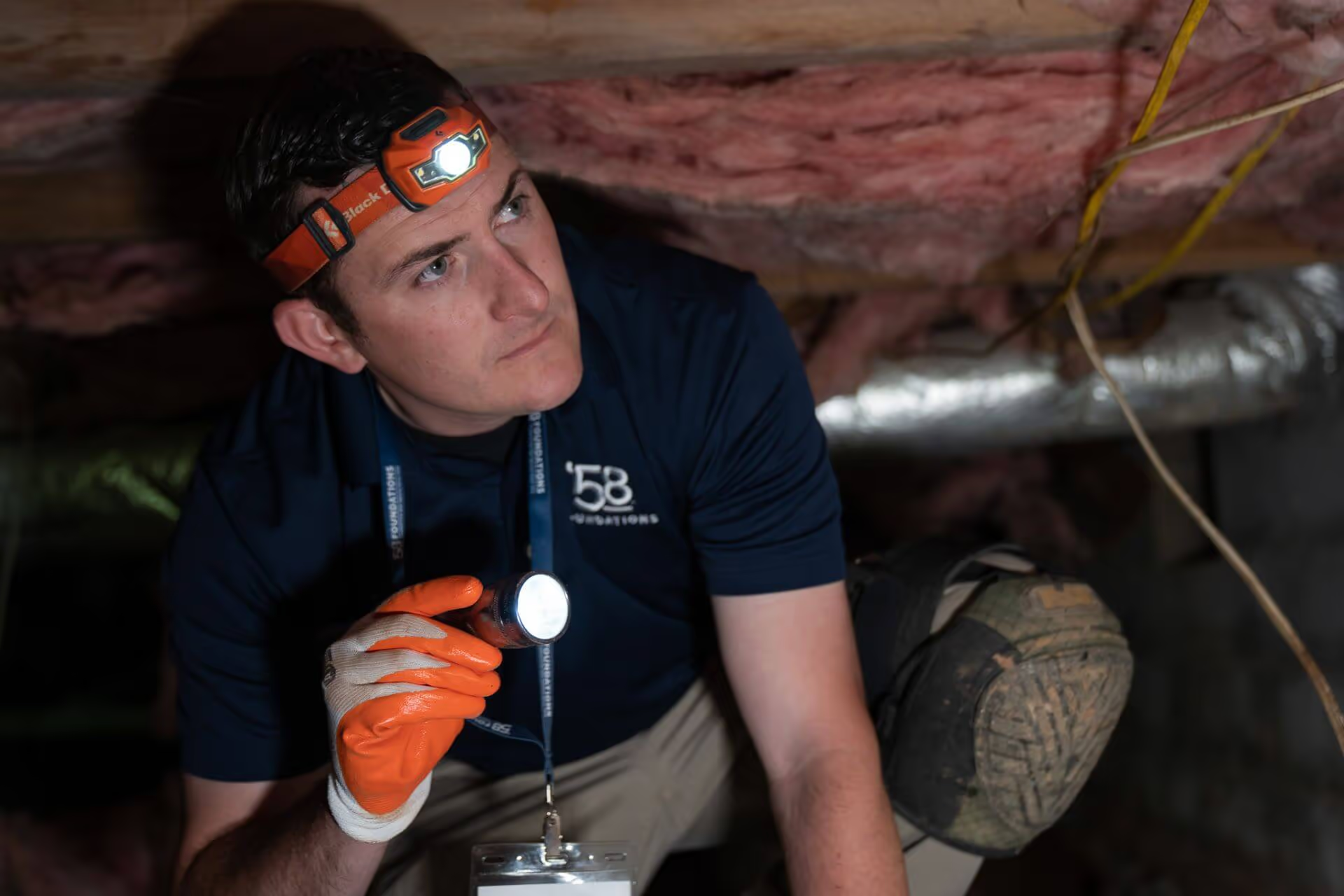Radon is invisible, odorless, and potentially dangerous, but your home may be showing signs that it’s at risk. From cracks in your foundation to unexplained respiratory symptoms, certain conditions could indicate the need for a radon mitigation system.






You might not see or smell it, but radon could still be building up inside your home. Because it’s a naturally occurring gas that rises from the ground, radon enters through small cracks and gaps in your foundation and often goes unnoticed for years. While testing is the only way to confirm if levels are dangerous, certain signs may suggest your home is at risk.
If you’ve spotted changes in your basement or crawl space, or if someone in your household has developed unexplained respiratory symptoms, it may be time to consider radon as a possible factor. Below are the most common signs to watch for, both in your home and your health.
Radon gas tends to accumulate in areas below ground level, especially in homes with poor ventilation or foundation damage. The conditions below don’t confirm that radon is present, but they may signal a higher likelihood of buildup.
Cracks in the Foundation or Basement Walls
Whether hairline or wide, cracks in concrete slabs, basement floors, and block walls create pathways for radon to rise from the soil into your living space. These cracks often form naturally over time, especially in homes built on expansive or shifting soils.
Moisture or Humidity in the Basement or Crawl Space
A damp, humid environment doesn’t just indicate water intrusion; it can also signal poor air circulation, which allows radon to collect near the floor. If you’ve noticed condensation on basement windows, musty odors, or standing water after rain, your home may be retaining more radon than you realize.
Unsealed Openings Around Pipes or Utility Lines
Radon can also enter through unsealed penetrations where sump pumps, pipes, or electrical lines pass through the foundation. These gaps are often overlooked, especially in unfinished basements.
Open or Exposed Crawl Space Soil
Homes with unfinished crawl spaces or exposed dirt floors are particularly vulnerable to radon. Without a sealed vapor barrier, there’s nothing stopping radon from moving directly into your home’s air.
Because radon damages lung tissue when inhaled over time, some symptoms may develop slowly and be mistaken for other conditions. These signs don’t prove that radon is present, but they can serve as an additional warning, especially if multiple household members experience them or if you live in a high-risk region.
Persistent Cough or Wheezing
A dry, unexplained cough or difficulty breathing—particularly at rest—may be signs of lung irritation caused by environmental factors like radon.
Unusual Fatigue or Low Energy
Chronic tiredness or a lack of stamina, especially when paired with breathing difficulties, may result from reduced oxygen efficiency over time.
Chest Discomfort or Tightness
Some people exposed to high radon levels report a sensation of tightness or pressure in the chest, which can worsen during activity.
Unexplained Weight Loss
While not common, losing weight without changes to diet or exercise may indicate a serious underlying condition. If it occurs alongside respiratory symptoms, it should be discussed with a doctor.
It’s important to understand that these symptoms are not unique to radon exposure. Many health issues, especially respiratory conditions, can cause similar effects. If you or someone in your home is experiencing unexplained coughing, fatigue, or breathing trouble, the first step should always be consulting a medical professional. While radon may be one possible factor, only a doctor can help determine the true cause. If your home has never been tested or if you live in a high-risk area, it may be worth exploring radon as part of the bigger picture.
Recognizing the signs of a radon problem is the first step. The next step is confirming whether radon is present and, if so, reducing it to safe levels. While you can’t see or smell radon, you can take steps to protect your home and everyone in it.
At '58 Foundations & Waterproofing, we install radon mitigation systems that help reduce indoor radon levels and improve air quality. If your home shows any of the warning signs above, or if you're ready to address radon before it becomes a problem, reach out to schedule your free mitigation estimate today.






We respect your privacy. By submitting, you authorize '58 Foundations and Waterproofing to reach you via call, email or text for information about your project needs. We will never share your personal information with third parties for marketing purposes. You can opt out at any time. Message/data rates may apply. Consent is not a condition of purchase. Privacy Policy